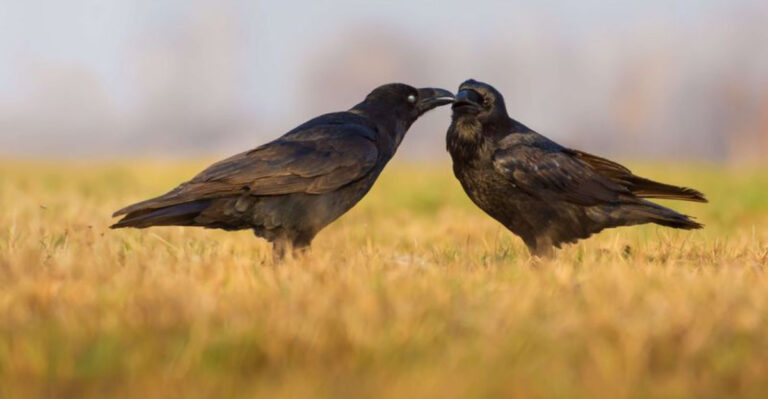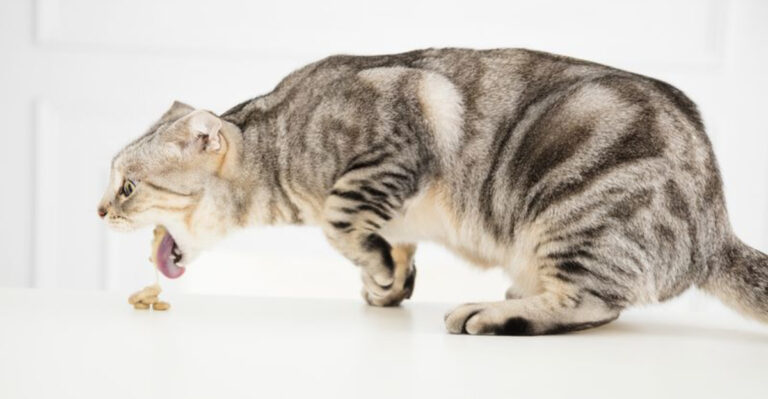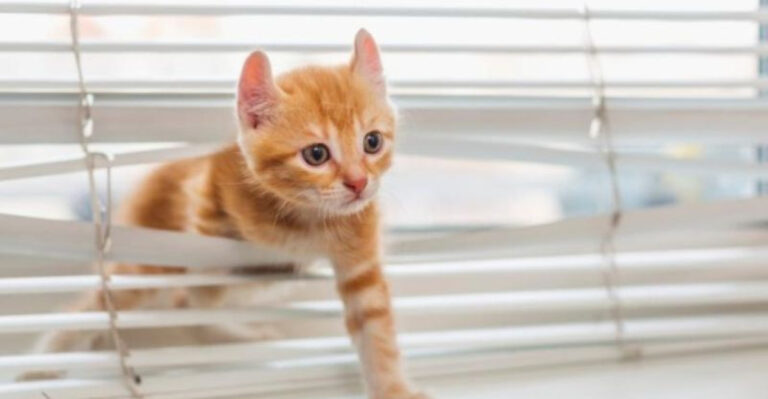The Decline Of Swifts: What Can Britons Do To Protect These Fascinating Birds?
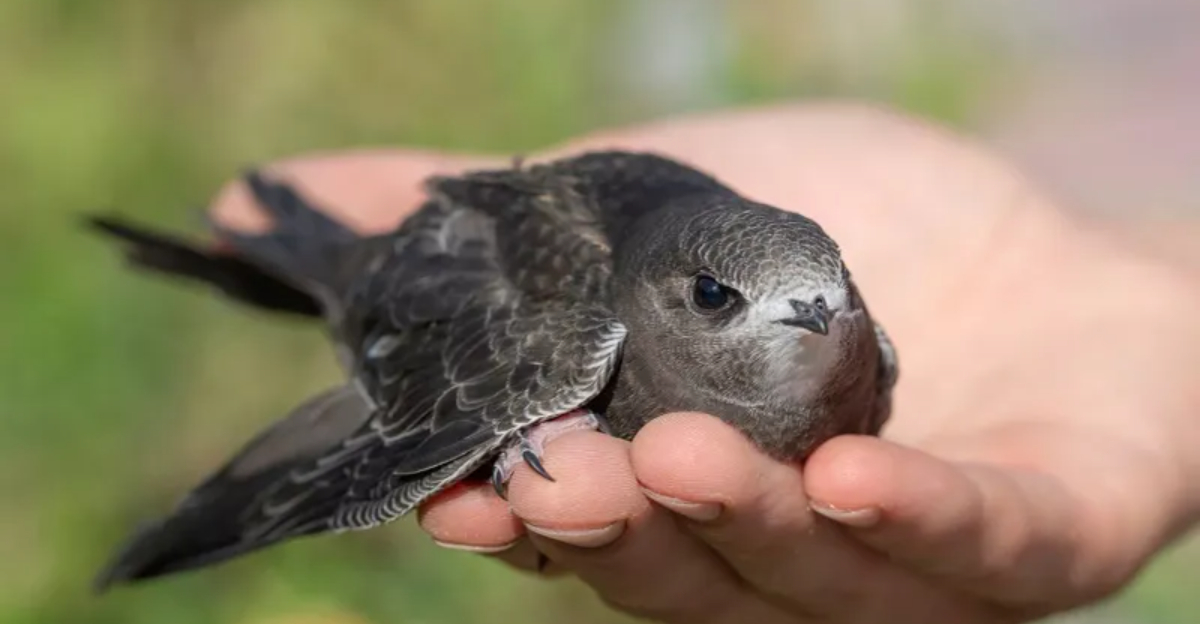
Soaring through summer skies with scythe-shaped wings, swifts bring joy to British summers. These remarkable birds have declined by over 50% in recent decades due to habitat loss and climate change.
As they spend almost their entire lives in flight, these aerial acrobats face unique challenges that we can help address.
1. Install Swift Nest Boxes

Modern buildings lack the nooks and crannies swifts need for nesting. Special swift boxes mounted high on walls provide perfect alternatives.
Summer renovations? Consider adding these homes for our feathered friends. They’re inexpensive, require minimal maintenance, and can last for years while providing crucial breeding spaces.
2. Create Swift Bricks In New Buildings

Wonder why architects are excited about ‘swift bricks’? These clever building materials integrate directly into walls during construction, creating permanent nesting spots. Unlike temporary solutions, these built-in homes become part of the structure itself.
Pushing for their inclusion in local development projects creates lasting sanctuaries for generations of swifts.
3. Map Local Swift Colonies

Grab your binoculars and become a citizen scientist! Swifts return to the same nesting sites each year, making their colonies vital to protect. Evening walks in May through July offer perfect opportunities to spot their distinctive screaming parties.
Recording locations through apps like Swift Mapper helps conservationists track populations and protect existing colonies from disturbance.
4. Protect Existing Nest Sites

Found swifts nesting in your building? Lucky you! These sites are ecological treasures worth preserving during renovations or repairs.
Scheduling building work for October through April ensures swifts aren’t disturbed during breeding season. A simple adjustment that makes all the difference between successful nesting and abandonment.
5. Play Swift Calls To Attract Newcomers

Swift call systems work like magical bird magnets! These clever devices play recorded swift calls near nest boxes, making young birds believe a thriving colony already exists. First-time nesters especially respond to these audio cues.
Setting up a simple speaker system during nesting season dramatically increases the chances of attracting swifts to your newly installed boxes.
6. Garden For Insects
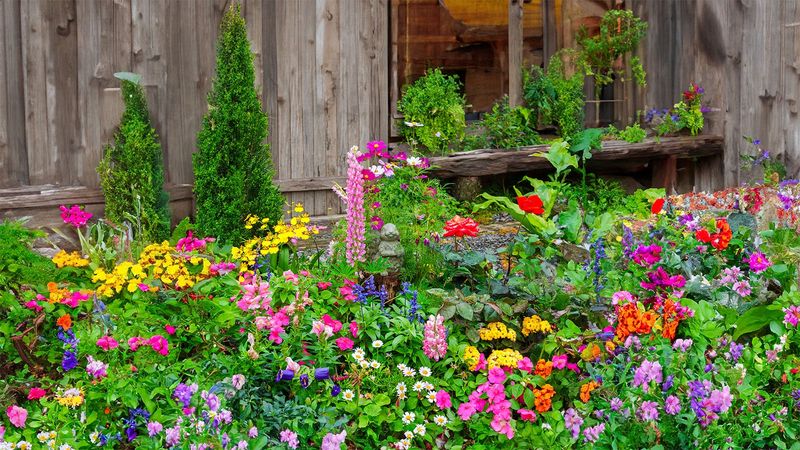
Aerial insect populations have plummeted by 60% in recent decades. For swifts, this food crisis is devastating. Native wildflowers, pollinator patches, and chemical-free gardening create insect havens.
Even small balcony planters with bee-friendly blooms contribute to the aerial buffet these high-flying hunters depend on throughout summer.
7. Join Swift Awareness Week
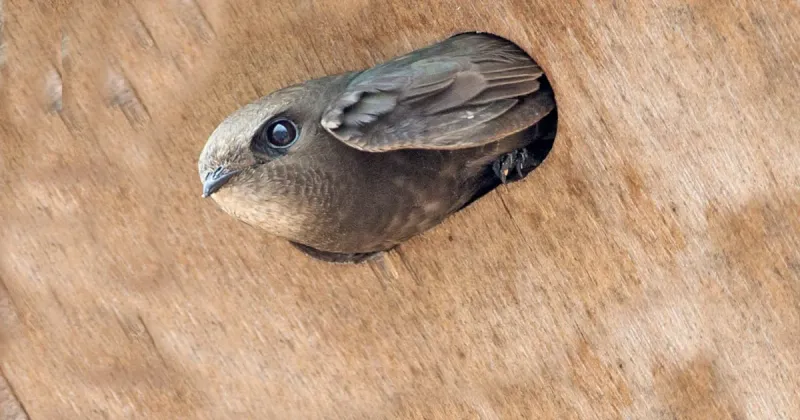
Every June, Swift Awareness Week brings together bird enthusiasts across Britain for a celebration of these amazing aerial athletes.
Community swift walks, nest box building workshops, and educational talks create momentum for conservation. Participating connects you with local swift champions while spreading awareness about these declining birds.
8. Advocate For Swift-Friendly Planning Policies
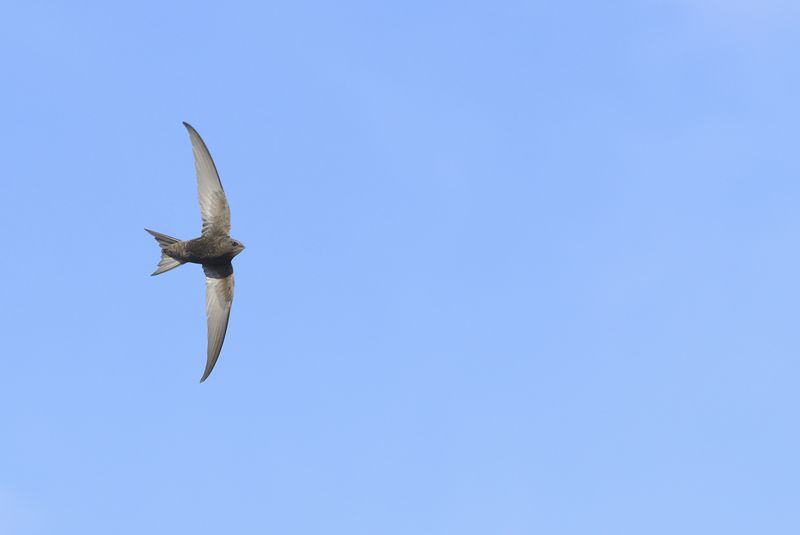
Local councils have tremendous power to help swifts through planning requirements. Some forward-thinking authorities already mandate swift bricks in new developments.
Attending council meetings, writing to representatives, or joining planning consultations gives swifts a voice. Successful advocacy creates thousands of new nesting opportunities across entire communities.
9. Support Swift Conservation Organizations
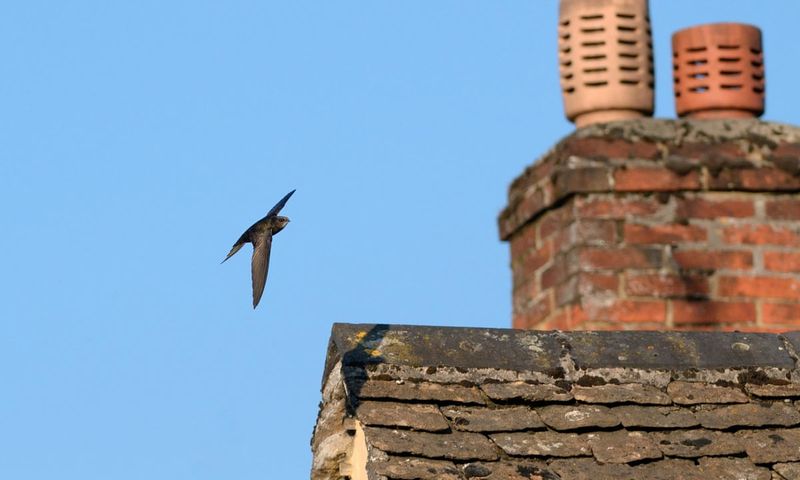
Groups like Swift Conservation and the RSPB work tirelessly to reverse population declines. Their expertise guides effective protection efforts nationwide. Membership fees fund research, conservation projects, and education programs.
Even small donations contribute to nest box schemes, habitat protection, and the scientific research needed to understand swift behavior.
10. Create A Swift-Friendly School Project
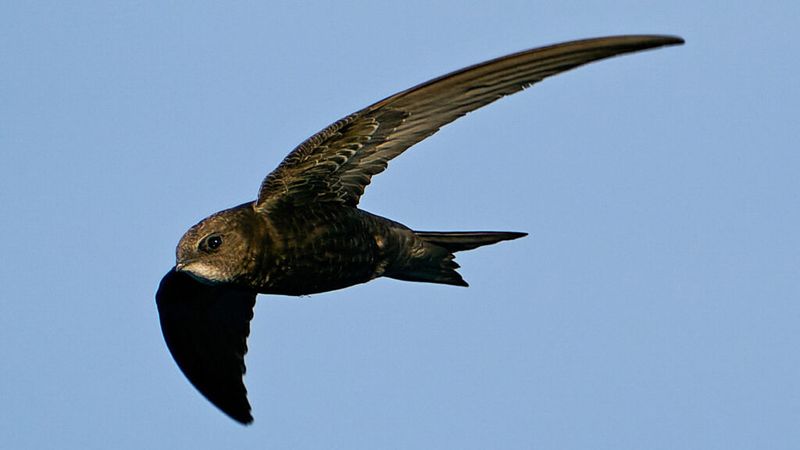
Children make passionate wildlife advocates! School swift projects combine science, art, and conservation in exciting ways. Nest box building, migration mapping, and swift-themed art engage young minds with conservation challenges.
Schools with swift colonies become living laboratories, creating memorable experiences that foster lifelong environmental stewardship.
11. Monitor Nest Box Success
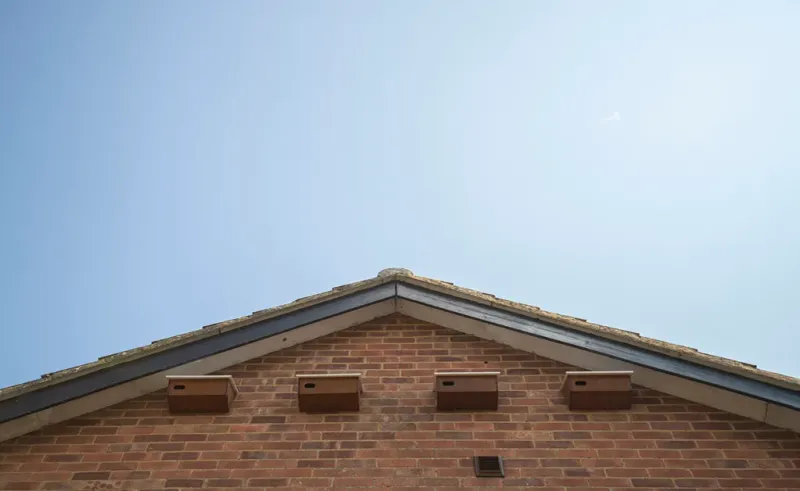
Installed nest boxes? Fantastic! Now comes the rewarding part – monitoring their usage. Simple observation from a distance with binoculars reveals whether swifts have moved in.
Keeping annual records of occupancy helps scientists track population trends while providing the satisfaction of seeing your conservation efforts succeed.
12. Spread The Word On Social Media
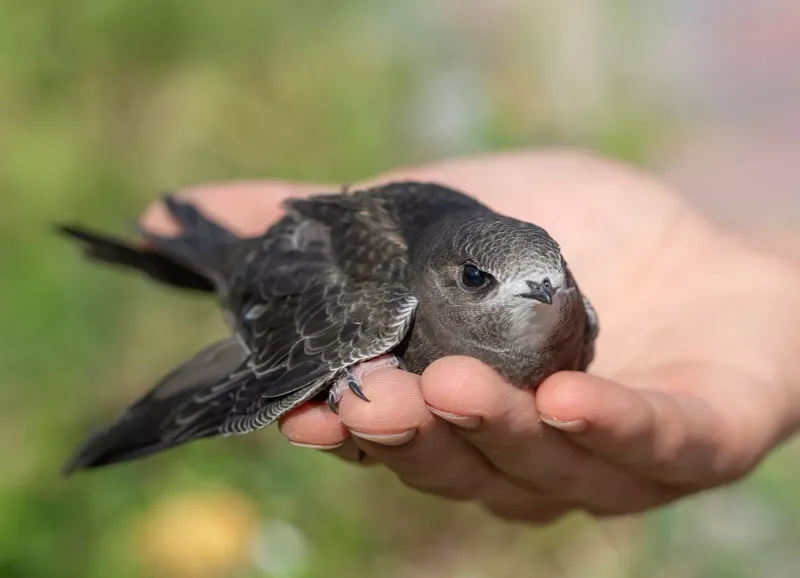
Swift spotting generates social media excitement! Sharing your swift sightings and conservation efforts inspires others to take action. Photos, videos, and stories of local swift colonies raise awareness about their plight.
Using hashtags like #SaveOurSwifts connects your observations with the wider conservation community, creating momentum for protection efforts.
13. Create Community Swift Projects

Swift conservation thrives through community effort! Neighborhood swift projects bring people together while creating significant impact.
Church towers, community centers, and local landmarks offer perfect locations for colony-scale nest box installations. Group fundraising makes larger projects possible, while shared monitoring creates social connections around a common conservation goal.

